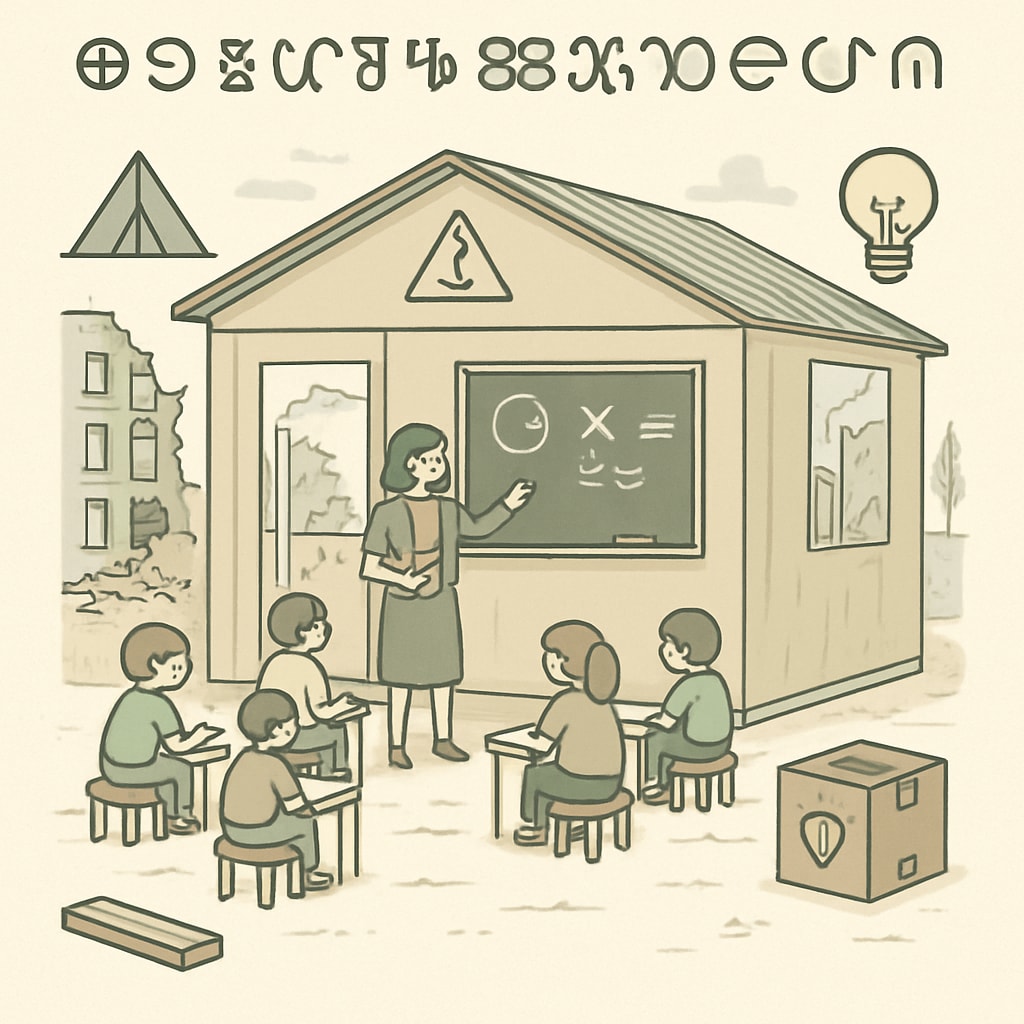During elementary school reconstruction, temporary campuses often become a necessity. These environments, while practical, can significantly impact students’ learning experiences and parental engagement. Factors like reduced space, limited facilities, and restricted parental involvement pose challenges that schools and families must address collectively. This article explores these challenges and offers actionable solutions for maintaining a complete educational experience during this transitional period.
Understanding the Impact of Temporary Campus Environments
When schools undergo reconstruction, temporary campuses are often smaller and less equipped than permanent facilities. This change in the environment can affect students’ academic performance and emotional well-being. For example, limited classroom space may restrict interactive learning activities, while the absence of familiar facilities can disrupt daily routines.
Moreover, younger children, who thrive on stability and routine, may find it difficult to adapt. They might feel unsettled by the temporary nature of their learning environment, leading to increased anxiety or decreased motivation. As a result, parents and educators must proactively support students during this adjustment period.

Challenges for Parents: Reduced Engagement Opportunities
Temporary campuses often impose restrictions on parental involvement due to space limitations and safety concerns. For instance, schools may reduce or eliminate extracurricular activities, which are critical opportunities for parents to engage with their child’s education. Additionally, communication between parents and teachers can become more challenging, as temporary setups might lack proper meeting spaces or digital resources.
Parental involvement is a cornerstone of a child’s educational success. According to research by the Encyclopedia Britannica, active parent participation improves academic outcomes and strengthens the child-parent-school connection. Schools must find alternative methods to keep parents informed and engaged, even within the limitations of a temporary campus.

Practical Solutions for Schools and Parents
Addressing these challenges requires cooperation between schools and families. Below are some practical strategies:
- Flexible Communication Channels: Schools can use digital platforms like email newsletters or apps to maintain regular communication with parents.
- Maximizing Available Space: Creative use of limited space, such as outdoor areas, can compensate for reduced indoor facilities.
- Parent-Led Initiatives: Encourage parents to organize community activities or support groups to foster a sense of involvement.
- Mental Health Support: Provide counseling resources for students struggling with the temporary environment’s uncertainty.
By implementing these measures, schools can ensure that students continue to receive a holistic education, and parents remain actively involved.
A Collaborative Approach to Overcome Temporary Challenges
While temporary campuses present real challenges, they also offer an opportunity for schools and families to strengthen their collaboration. By prioritizing communication, creativity, and emotional support, the impacts of a temporary environment can be mitigated. For parents, staying engaged and proactive is key, while schools must remain adaptable and transparent throughout the reconstruction process.
In conclusion, navigating the transition to a temporary campus requires a shared commitment to students’ well-being and educational success. Together, schools and parents can ensure that children continue to thrive, even in less-than-ideal circumstances.
Readability guidance: This article uses short paragraphs, active voice, and transitional phrases to ensure clarity. Lists are included to summarize key points, and external links provide additional context.


